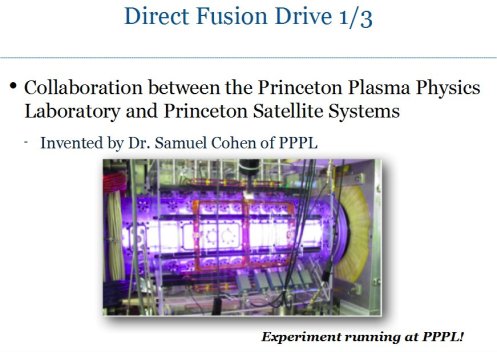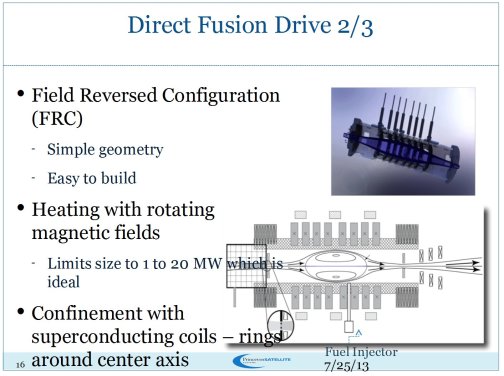A sampling of recent space policy items :
- Transterrestrial Musings – The Irony-Challenged Senator From Florida – Transterrestrial Musings
- Editorial: Instead of aiming for the stars, vote puts NASA in gutter – masslive.com
- The next FCC chairman and commercial space – Space Politics
- House Passes FY2014 Defense Appropriations Bill – spacepolicyonline.com
- Defense firms weathering budget cuts more easily than expected – The Washington Post
Update:


![deliveryService[1]](https://i0.wp.com/hobbyspace.com/Blog/wp-content/uploads/2013/07/deliveryService1.jpg?resize=500%2C623) Test pilots show off the flexibility of the lightweight Mark IV suites
Test pilots show off the flexibility of the lightweight Mark IV suites